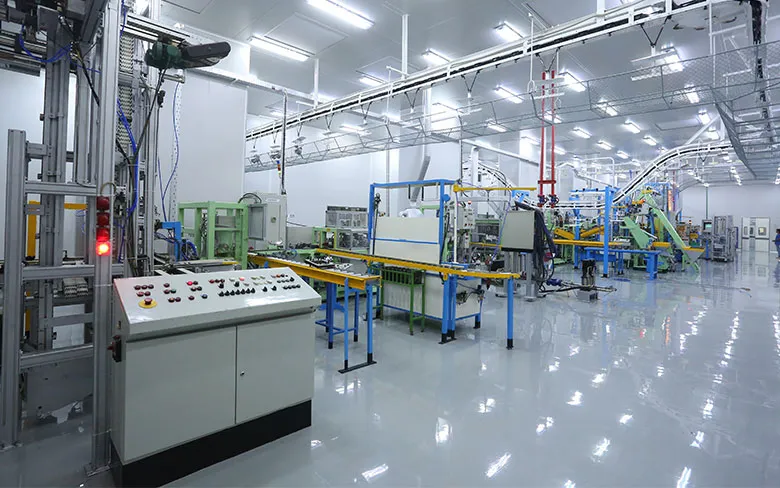

Key Features
1. Detection Technology:
- Types: Passive Infrared (PIR), Ultrasonic, Microwave, and Dual-Technology (combination of PIR and Ultrasonic or Microwave).
-
- PIR Sensors: Detect infrared radiation emitted by human bodies. Best for detecting movement but can be less sensitive to very slight motions.
- Ultrasonic Sensors: Emit ultrasonic waves and detect changes in frequency caused by movement, making them highly sensitive to small movements and ideal for detecting presence.
- Microwave Sensors: Emit microwave signals and detect their reflection changes. They are more sensitive and can detect presence through certain materials.
- Dual-Technology Sensors: Combine two detection methods (e.g., PIR and Ultrasonic) to minimize false triggers and improve accuracy.
2. Detection Range and Coverage:
- Range: Typically from 5 to 50 feet, with a detection angle between 90° and 360°.
- Description: The detection range and angle define the sensor’s coverage area. Presence sensors usually cover wider areas with a more consistent detection pattern, suitable for spaces where constant occupancy detection is required.
3. Sensitivity Adjustment:
- Feature: Adjustable sensitivity levels for detecting minimal movements.
- Description: Allows customization to avoid false positives caused by minor environmental changes (e.g., air currents, small pets) while still detecting human presence.
4. Timer Settings:
- Range: Adjustable time delay settings, typically from a few seconds to several hours.
- Description: Determines how long the sensor keeps the connected device (like lights or HVAC systems) active after detecting the last presence. The timer resets with continued detection.
5. Ambient Light Sensing:
- Feature: Integrated photocell or light sensor.
- Description: Measures ambient light levels and ensures that the sensor activates lighting only when necessary (e.g., in low-light conditions).
6. Power Source:
- Types: Hardwired (AC-powered), battery-powered, or solar-powered.
- Description: Hardwired sensors are used for permanent installations, while battery-powered versions provide flexibility and ease of installation without electrical wiring.
7. Control and Integration:
- Types: Manual override, remote control, smartphone app, smart home system integration (Zigbee, Z-Wave, Wi-Fi, etc.).
- Description: Various control methods allow users to customize settings or integrate sensors with smart home ecosystems for automation and remote access.
8. Durability and Environmental Suitability:
- Materials: Weather-resistant materials like UV-resistant plastic or metal.
- IP Rating: Typically IP20 for indoor use, IP44 to IP66 for outdoor use.
- Description: Designed to withstand various environmental conditions, especially when used outdoors or in areas with high humidity.
9. Energy Efficiency:
- Features: Low power consumption and long battery life (for battery-powered models).
- Description: Helps conserve energy by only activating devices when presence is detected, significantly reducing unnecessary power usage.
10. Safety and Compliance:
- Certifications: UL, CE, RoHS, FCC, or equivalent.
- Description: Ensures the sensor complies with safety, quality, and environmental standards.
Specification
Sensor Type
Dual-Technology (PIR + Ultrasonic)
Dimming Range
Up to 40 feet, 360° detection angle
Detection Range
Up to 30 feet, 180° detection angle
Ambient Light Sensor
Integrated, adjustable threshold
Timer Settings
Adjustable from 10 seconds to 60 minutes
Control Options
smartphone, Zigbee smart
Operating Temperature
-20°C to 50°C (-4°F to 122°F)
Sensitivity Levels
Adjustable (low, medium, high)
Material
UV-resistant plastic housing
IP Rating
IP44 (for indoor and covered outdoor use)
Certifications
UL listed, RoHS compliant
Mounting Options
Wall, ceiling, or recessed mount


